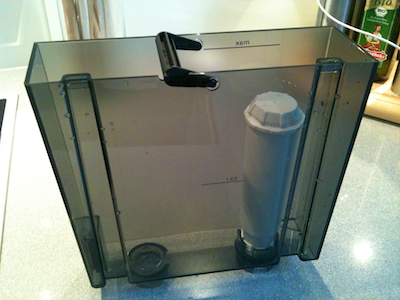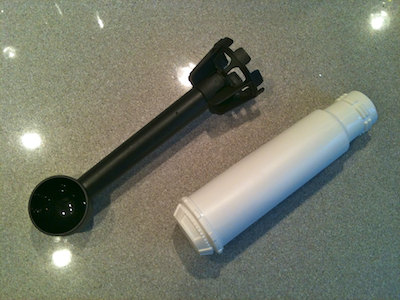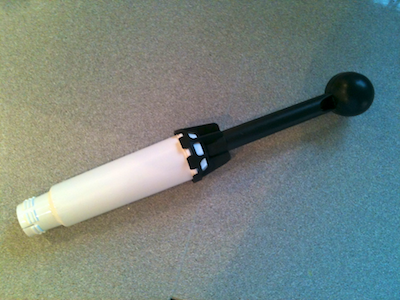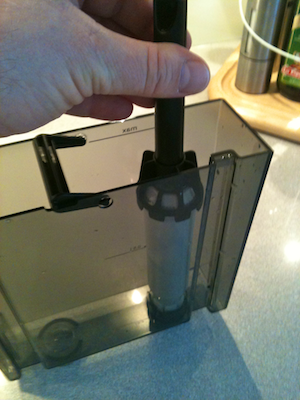When I first started working on this article, I considered adding a new item, “Services”, to the list of categories on this site.
Then again, making a phone call is one of the most common man-machine interactions imaginable: Pick up a handset, enter a number, and wait for someone at the other end to pick up.
Phone calls definitely should be “simple things”. Should be!
The automated phone system mess
Deploying a computer-based phone system is much cheaper than employing people, though. As a consequence, phone calls to companies tend to be much more complicated than they should be.
Instead of simply telling a human what you need, you have to wade through a multitude of menus: “If you would like to place an order, press 1. If you have a support question, press 2. …”
Building appropriate “information scent” into these systems to help users find what they need, is a challenge. And so is letting the user know her position within the menu structure without being able to provide visual clues.
If you manage to get through to a human, they will likely ask you for information that you had entered at the very beginning of the call, like a credit card or membership number.
And then there’s the most offensive of all company hotline behaviors, the time-out1: A number of times that I was put on hold, the system would inform me after some ten minutes, or so, that “All agents are currently engaged. Please try calling us again at a later time.” — and simply hang up on me.
“Your call is important to us”, my ass!
People, not machines
I was reminded of just how awful these user experiences are when I called my health insurance to request a document which is only available in paper form.
The phone is picked up after a few rings. By a human. And a very friendly and helpful one, at that.
I greet her, give her my name, and tell her what document I would kindly ask them to send me.
She quickly confirms that she understands what, exactly, I need, and then tells me she has to put me through to a colleague of her’s.
A few bars’ worth of reasonably bearable phone muzak later, another person picks up the phone. Again, I greet him, give him my name, and ask him for the document.
Without asking me for any further personal information, he inquires “Are you still at [my current street address]?” — “Yup, that’s my address!” — “OK, consider the document on its way. Is there anything else I may help you with today?”
Wow. Just. Wow.
Just to be on the safe side here: Did you notice how this call did not involve any automated phone system at all? All I had to “deal” with here were people. Friendly, helpful, competent, real people.
Smart use of technology makes for better UX
The only piece of information I had mentioned to either agent was my name. During previous calls I had also had to give them my insurance number, but not this time.
The only way they could have identified me is via phone caller-ID. I would expect their in-house phone system to be hooked into their CRM software, so that as soon as someone calls, whose phone number they have on file, that caller’s record is immediately brought up on the agent’s screen.2
This kind of phone support is not just some proof of concept. It is a brilliantly designed, everyday customer experience, ensuring that a phone call to this company is, indeed, a pleasant and effective “simple thing”.
-
As an interaction designer, I find it immensely difficult in general to come up with any justification for time-outs. In fact, the only one kind I would not debate are security-relevant log-in time-outs like those found on banking websites. ↩
-
Some of you may worry about privacy issues here, but this being my health insurance provider, my phone number definitely is among the least sensitive pieces of information they store about me. ↩



